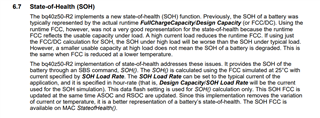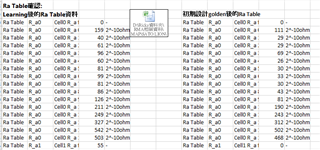Other Parts Discussed in Thread: BQSTUDIO
Tool/software:
We have a battery designed to use the BQ40Z50R2, installed in a forklift. The battery has been in use for three months, and when checking the battery's SOH, one was found to be 98%, while the other was 88%. One of the vehicles showed a similar trend. Further inspection revealed that the one with the lower SOH had its printer installed at the bottom of the forklift, with the DC cable making contact with the forklift's casing. In contrast, the one with normal SOH had the printer installed at the top, with the DC cable not touching the casing. It is suggested that transients (EMC) entering through the DC cable may have caused this issue.
I would like to ask if transients (EMC) entering through the DC cable can affect the SOH calculation of the BQ40Z50R2?
我們有一顆電池設計使用BQ40Z50R2,電池安裝在堆高機使用, 電池已經使用三個月,在檢查電池的SOH時,發現一台是98%,而另一台則是88%。其中一輛車的情況也顯示出相似的趨勢。進一步檢查後發現,SOH較低的那一台,打印機安裝在堆高機的底部,直流電纜與堆高機的外殼接觸;而SOH正常的那一台,則將打印機安裝在上方,並且直流電纜未接觸到外殼。據說這可能是由於突波((EMC)通過直流電纜進入,導致了該事件的發生。 想要請教突波(EMC)通過直流電纜進入,會影響BQ40Z50R2的SOH計算嗎?





